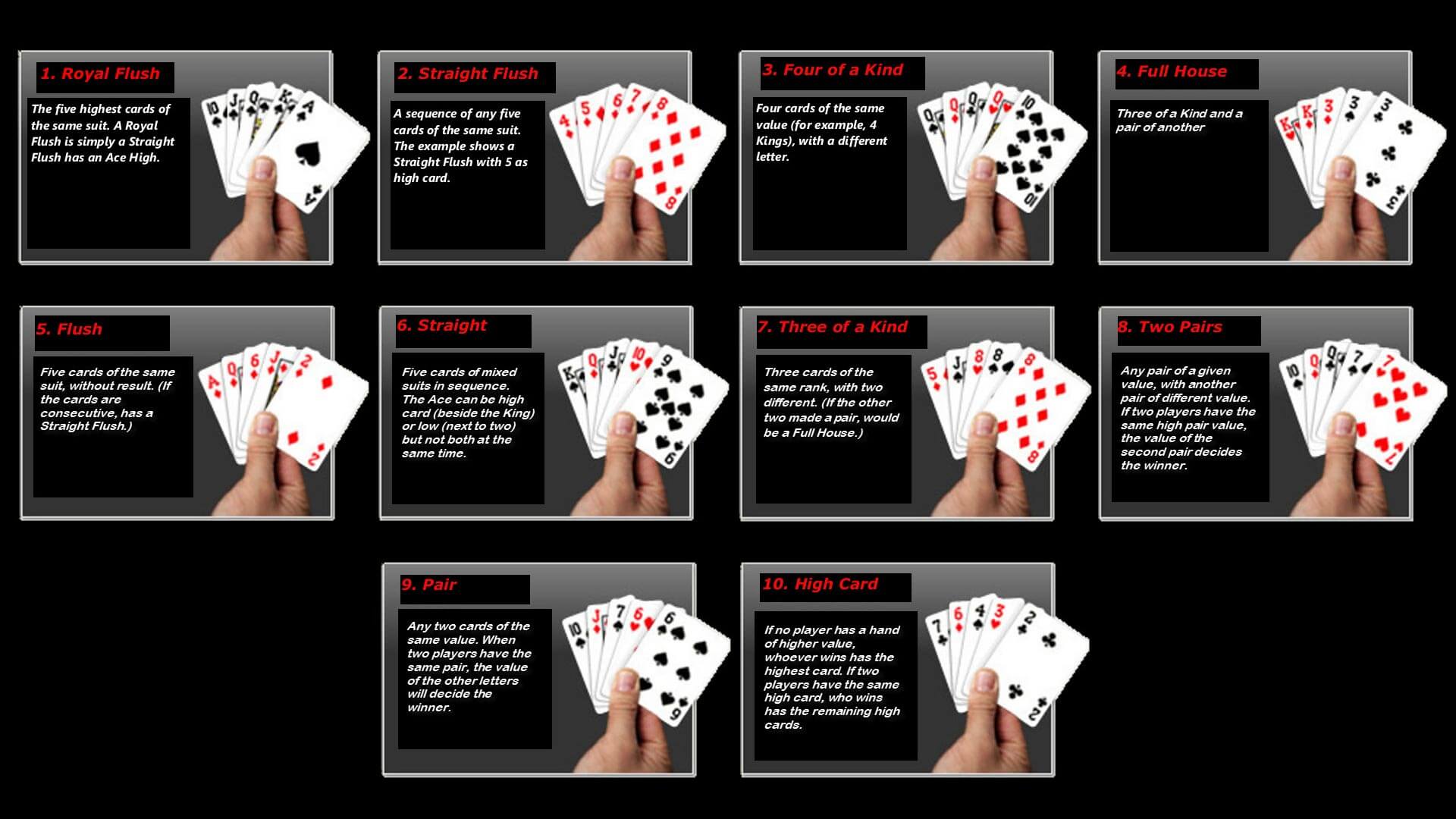- Texas Hold'em Tournament Rules Homestead
- Texas Hold'em Tournament Rules Home Page
- Home Texas Holdem Tournament Rules
What are poker blinds ?
Based on the limit of the poker game the player to the left of the dealer’s button (small blind) and the player two to the left of the dealer (big blind) are required to place mandatory bets in the pot before cards are dealt (Small blind has to put half of the big blinds amount). These bets count toward the first round of betting. So if the pot is not raised pre-flop, small blind will only have to put half a bet to call and big blind has the option of raising or just checking.

Learn how to play Texas Holdem Poker, the most popular game of them all and start playing online today! Read about buyins, misdeals, dead hands, Irregularities, Betting and raising, the showdown, ties, button and blinds, rules for using blinds plus poker videos. As for home poker tournament rules, you should have a standardised set printed before the game. That way if there is a dispute you can refer to something physical to make your decision. This setup will appease all fears of favouritism that your tournament participants might have. Texas Holdem Tournament Rules The Game The game is No Limit Texas Holdem, played in a tournament style with a dealer button, small, and big blinds. In Texas Holdem, players receive two downcards as their personal hand (holecards), after which there is a round of betting. One card is discarded as the “burn card”, three boardcards are. Most home poker tournaments don’t have buy-ins worth more than $50 to $100. But if you’re hosting a high-stakes event, you should consider hiring security. This also seems extreme, but it’s a good precaution when you’re holding a larger tournament with big buy-ins involved.
In a poker tournament, blinds go up gradually. This is to ensure that the tournament finishes on a timely manner. (the higher the blinds get the more players tend to get eliminated).
Blinds usually go up after predetermined periods of time. (for example every 15 or 20 minutes).
Two main factors determine blind structure of the game:
- Starting chip amount
- How long you want the tournament to last.

Texas Hold'em Tournament Rules Homestead
Poker Blind Structure Tips
- The first big blind should be 1/50 of the starting chip amount. (or the starting chip amount should be 50 times the starting big blind). So if everyone starts with 1000 in chips the first big blind should be 10/20.
- Blind period is the time each blind lasts:
- Typical tournament blind periods are 10, 15, 20, 30, or 60 minutes.
- Blinds period should be the same for every blind.
- The faster the blind period is the faster the tournament ends and the more luck involves. So it’s a good idea to have slightly longer blind periods at your house game. 15 or 20 minute blind periods are good choices. Blinds in online websites tend to go up faster. This is because online poker action is much faster than live poker.
- Blinds typically double after each round. If the first big blind is 10/20, the next one should be 20/40.
Calculate Blind Structure
Texas Hold'em Tournament Rules Home Page
Follow these simple steps to create blind structure that best fits your game:
- Decide your starting chip amount.
- Divide it by 50. This should be your first big blind.
- Make your final big blind (when the tournament should finish) equal to your starting chip amount.
- Arrange the middle level blinds so that they gradually increase from your first big blind to the last one. It is best to keep the first couple blind periods low.
- Add the period (times) together. If it seems too long takes couple levels off the chart, and if it seems short add couple level to the chart.
Home Texas Holdem Tournament Rules

Sample Tournament Blind Structure Chart

Following is a chart of recommended blind structures based on different starting chip stacks :
| Blind Period | Chip Stack | |||
| 100 | 1000 | 2500 | 5000 | |
| 1 | 1/2 | 10/20 | 25/50 | 50/100 |
| 2 | 2/4 | 20/40 | 50/100 | 100/200 |
| 3 | 3/6 | 30/60 | 75/150 | 150/300 |
| 4 | 5/10 | 50/100 | 100/200 | 200/400 |
| 5 | 10/20 | 75/150 | 200/400 | 300/600 |
| 6 | 15/30 | 100/200 | 300/600 | 500/1000 |
| 7 | 25/50 | 150/300 | 500/1000 | 750/1500 |
| 8 | 50/100 | 200/400 | 750/1500 | 1000/2000 |
| 9 | 75/150 | 300/600 | 1000/2000 | 1500/3000 |
| 10 | 100/200 | 400/800 | 1500/3000 | 2000/4000 |
| 11 | 150/300 | 500/1000 | 2000/4000 | 3000/6000 |
| 12 | 200/400 | 1000/2000 | 2500/5000 | 5000/10000 |